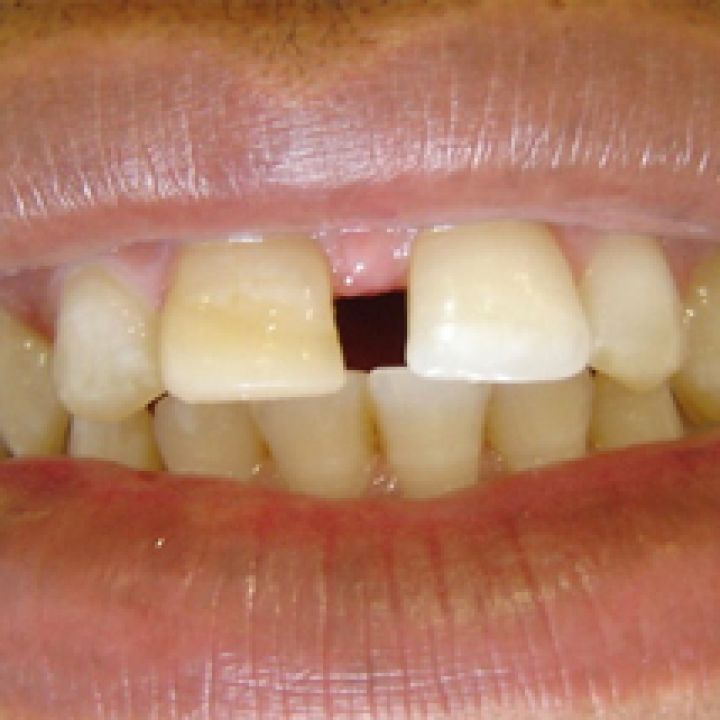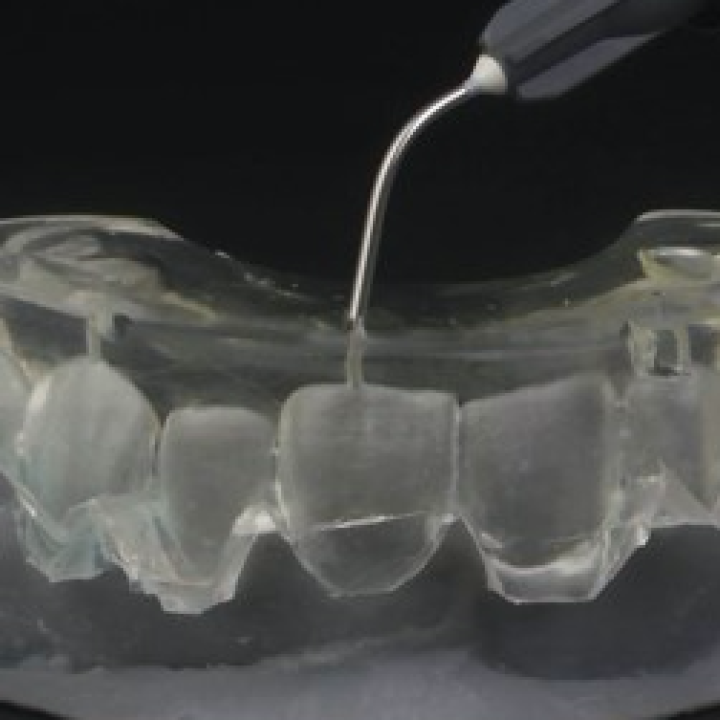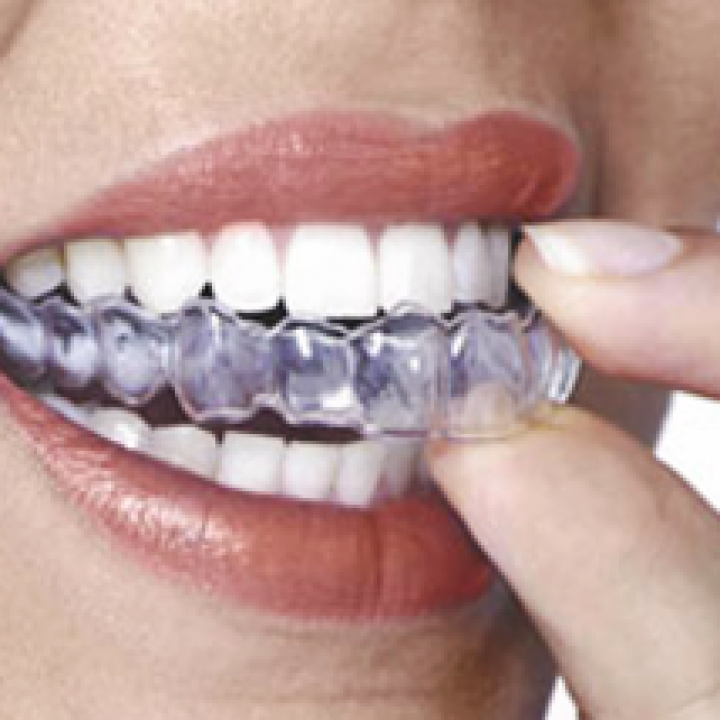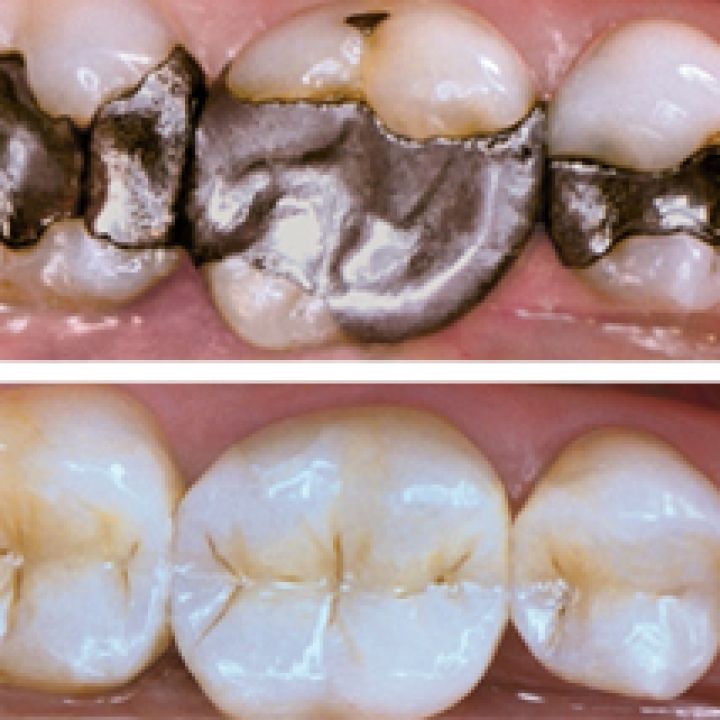Dental Bridges
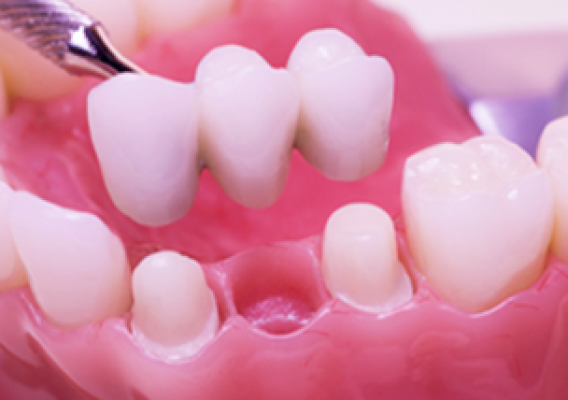
What Is A Dental Bridge?
A dental bridge is two or more dental crowns that are joined together to form one unit. They therefore "bridge" over a gap or space, left by another tooth that was removed.
Dental bridges are non-removable and feel and look just like real teeth (also called fixed dental bridges). The downside of a dental bridge is that it relies on your existing anchor teeth to support it. If these anchor teeth are well looked after, you can expect a good quality restoration for many years to come.
Types Of Dental Bridge Material:
- Acrylic dental bridge
- Cast Metal dental bridge
- Porcelain dental bridge
- Porcelain with metal support underneath
- Fiber dental bridges (latest technology)

Types Of Dental Bridges:
- Partial dental bridges
- Permanent dental bridges
- Non-removable dental bridges / Fixed dental bridges
- Removable dental bridges
- Temporary dental bridges
Dental Bridge Options:
The more missing teeth, the longer the dental bridge will get. Therefore careful planning is needed. The modern way is to move away from long span bridges as better options are available with far better long term prognosis.
Dental Bridge Procedure:
First Appointment:
- After numbing the area, the anchor teeth get prepared by doing a 360 º preparation to ensure enough space for the fabrication of the retainer crowns. All insertion lines must be parallel to facilitate insertion.
- Impressions are taken to be send away to a dental laboratory. These impressions will be used to make plaster models in order to fabricate the dental bridge
- A temporary bridge / restoration is fitted to protect the naked anchor teeth until the next visit.
Second Appointment:
- The temporary bridge / resotration is taken off and the new dental bridge is fitted.
- A semi-permanent cement is very often used to cement the bridge to make removal easier for the dentist, should the need arise to investigate a problem in the first few days.

Please Note: With CEREC 3D technology we now have the ability to scan and produce full porcelain bridges in 1 appointment!
Dental Bridges vs Dental Implants:
There are some differences between Dental Bridges and Dental Implants. The main difference between these two options, is what keeps it staying in the patient's mouth. Dental Bridges rely on existing healthy anchor teeth, where Dental Implants need enough bone to stabilise it in the jaw. Dental Implants are more long-term than Dental Bridges, because of Dental Implant's resistance to tooth decay (metal structure). Dental Implants are therefore also more expensive and more time is needed from the first to the final visit. For a more detailed discussion go to our news blog.
F.A.Q (Frequently Asked Questions):
Q: What If I Have Pain Wearing My Dental Bridge?
A: Although Dental Bridges are fixed and cannot be removed by the patient, it is possible to have the bridge taken off by your dentist. Many times an intermediate cement is used to cement the bridge to make removal easier, should that become nescessary.
Q: How Do I Remove My Dental Bridge?
A: Only your dentist can remove your dental bridge using special instruments. Unfortunately, removing the dental bridge is sometimes not possible without having to use drilling instruments. This means a new dental bridge must be made.
Q: My Dental Bridge Is Loose. What Should I Do?
A: Refrain from eating sticky foods and see your dentist at your earliest convenience. By biting down on the dental bridge it will not come off the teeth completely and the underlying teeth will stay protected.
Q: How Long Do Dental Bridges Last?
A: Dental Bridges will last as long as the lifespan of the anchor teeth. Failure is normally the result of tooth decay of these anchors and a new dental bridge is indicated. Make sure to floss regularly under your dental bridge to keep it free from tooth decay. You can then easily expect your dental bridge to last between 12 - 20 years.
Dental Bridge Care: 
- Cleaning dental bridges is very important. Since decay under the dental bridge is still a posiblity, general cleaning and hygienic procedures are advised:
- Daily brushing and rinsing with a mouth rinse
- Special soft pics to aid in the cleaning process
- Flossing with special floss (Superfloss®) is important to get underneath the pontic tooth
- Avoid chewing on hard objects and ice

Home Care Kits are available at our practice to help you to keep your Dental Bridge in tip-top condition. Our KITS include:
- Instructions on how to brush & floss to keep your bridge plague free
- Superfloss®
- The amazing soft pics
- Your own dental mirror to let you actually see what you are doing


